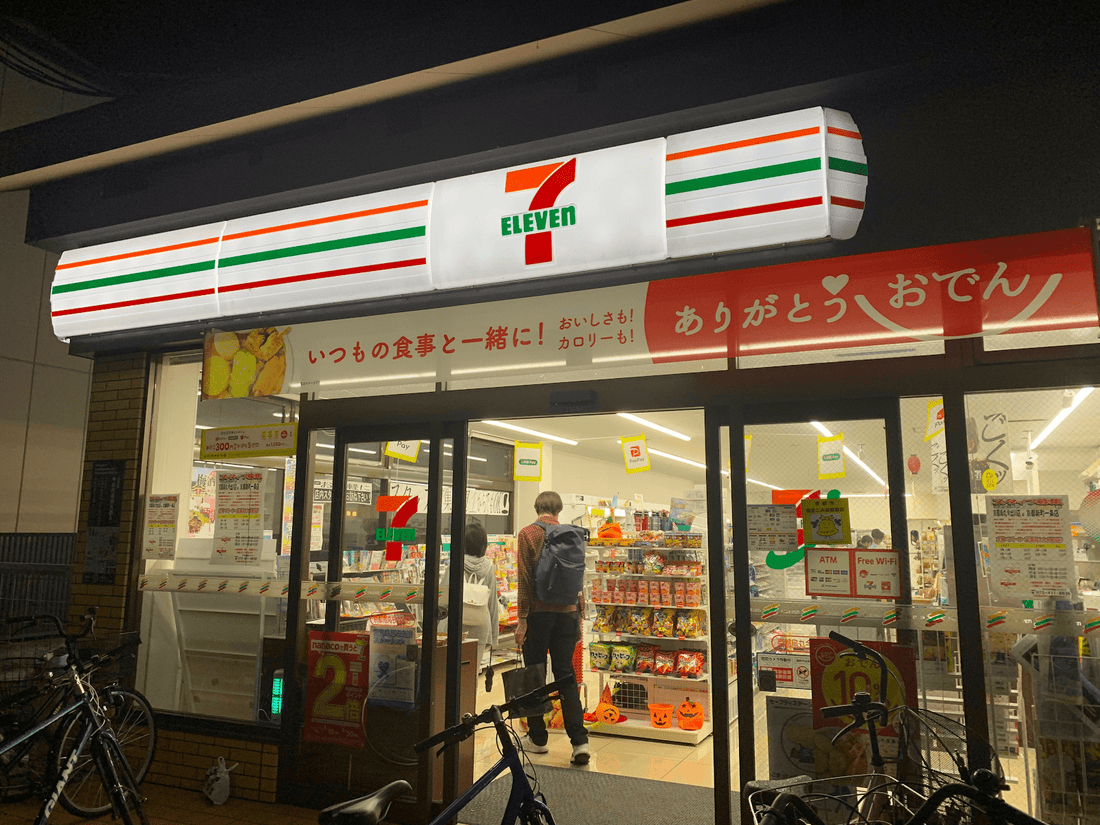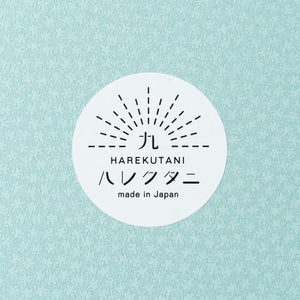
A Complete Guide to Japanese Convenience Store Snacks: From Pocky to Instant Ramen
Share
Welcome to the World of Konbini
Walk into a Japanese konbini late at night and you’ll see something almost theatrical. Bright fluorescent lights. Shelves lined with packets in colours so loud they almost hum. A faint smell of fried chicken at the counter. And then the aisle that pulls everyone in sooner or later: snacks.
Japanese convenience store snacks aren’t just snacks. They’re part of the rhythm of everyday life. A reward after work. A quick bite before the train. Something to share with friends. They’ve also become global icons. People outside Japan hunt them down, eager to try flavours they can’t find anywhere else.
Sweet Snacks
Pocky
This is the one everyone knows. Slim biscuit sticks dipped in chocolate, strawberry, matcha, cookies and cream. Simple, sharable, strangely addictive. One box becomes two, then three. You don’t really notice until it’s gone.
KitKats
In Japan, KitKats are almost a religion. There are hundreds of flavours. Matcha, sakura, purple sweet potato, wasabi, even sake. Some are only sold in certain regions. People collect them like stamps, bringing them home as souvenirs. The name itself sounds like good luck in Japanese. That’s part of the reason they’re so loved.
Mochi
Mochi is different. It’s older, rooted in tradition. Rice pounded until it becomes soft and stretchy, then filled with red bean paste or sesame or fruit. The texture is unlike anything else — chewy, gentle, comforting. Eating mochi feels less like snacking and more like taking part in a ritual.
Savoury Snacks
Instant Ramen
Ramen in a cup is everywhere in Japan. There’s tonkotsu with its creamy pork broth, light soy sauce ramen, spicy miso. Regional favourites recreated in instant form. Some brands, like Ichiran or Nissin, are so popular they’re almost cult-like. It’s food, but it’s also comfort.
Senbei
Rice crackers, crunchy and usually glazed with soy sauce. Sometimes wrapped in seaweed, sometimes dusted with sugar. They’re often given as gifts, neatly packed in beautiful boxes. But at their heart they’re simple, humble snacks that go perfectly with a cup of green tea.
Seaweed Snacks
Nori, roasted and salted, eaten straight from the packet. Light, crisp, full of umami. Healthier than chips, though that’s not really why people eat them. They’re just good.
Seasonal Surprises
Japan loves limited editions. Snacks change with the seasons. In spring there’s cherry blossom KitKats and strawberry Pocky. Autumn brings roasted sweet potato crisps, chestnut sweets. Winter is heavier, richer — hot chocolate KitKats, warming ramen.
Then there are the regional exclusives. Melon sweets from Hokkaido. Purple yam KitKats from Okinawa. Collecting them feels like treasure hunting.
Why They’re Different
Japanese snacks aren’t only about taste. They’re about design, timing, culture. The packaging is playful, sometimes beautiful. The flavours can be unexpected — green tea chocolate, shrimp chips. Portions are smaller, meant for sharing or just a quick bite. And behind it all, there’s connection to place. Festivals. Regions. Even wordplay. (Kitto Katsu — “you will surely win.”)
It’s food, yes. But it’s also memory.
Where to Find Them
You don’t always have to fly to Tokyo to experience this world. These days Japanese snacks travel. Specialty shops, online stores, little corners of supermarkets. If you’re in Australia, Konbini.com.au is one place that curates a proper konbini-style selection. From Pocky to ramen to mochi, it’s a way to bring that midnight snack aisle a little closer to home.
Final Bite
Japanese snacks are playful, surprising, sometimes a little weird. That’s why people love them. One moment it’s the crunch of senbei, the next it’s the comfort of instant ramen. And always, always, there’s a new flavour waiting just around the corner.












